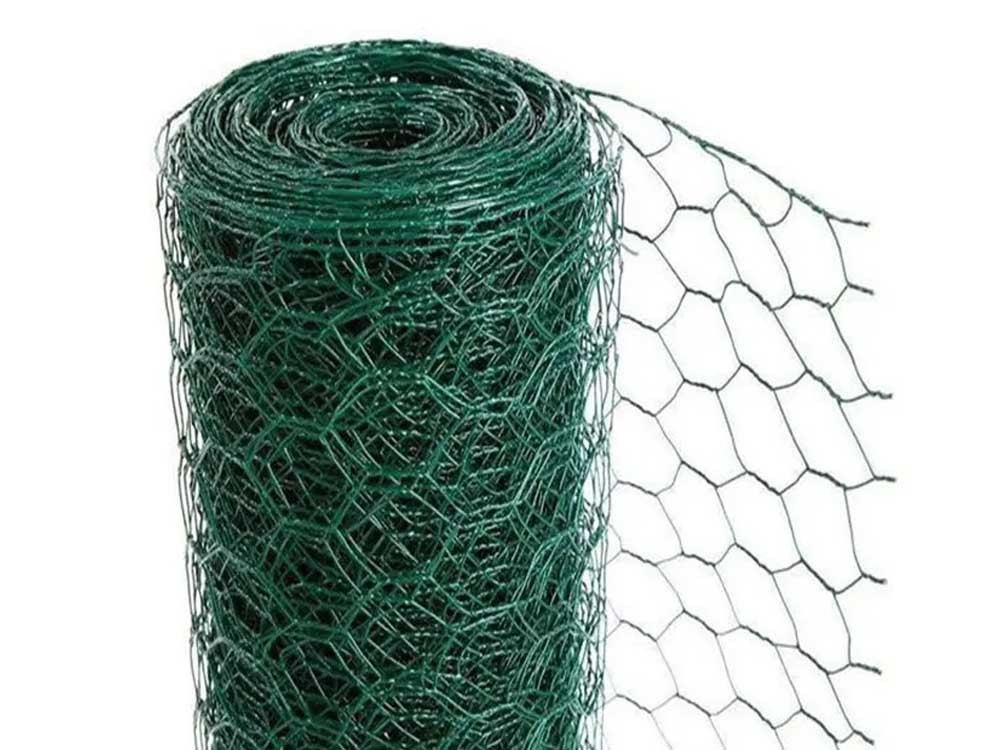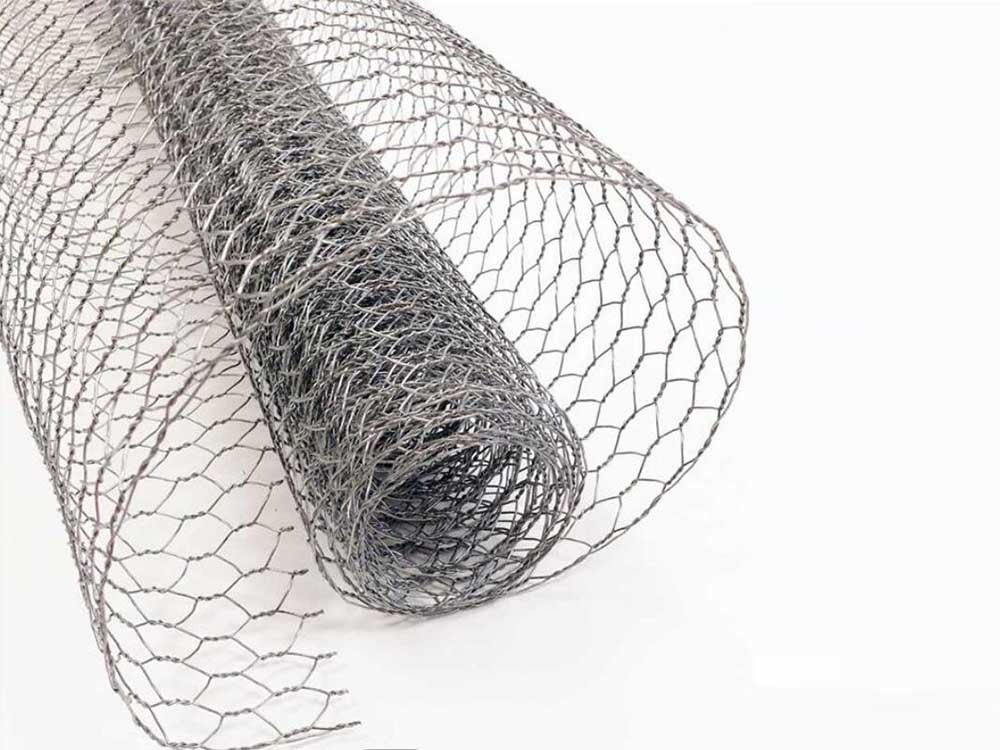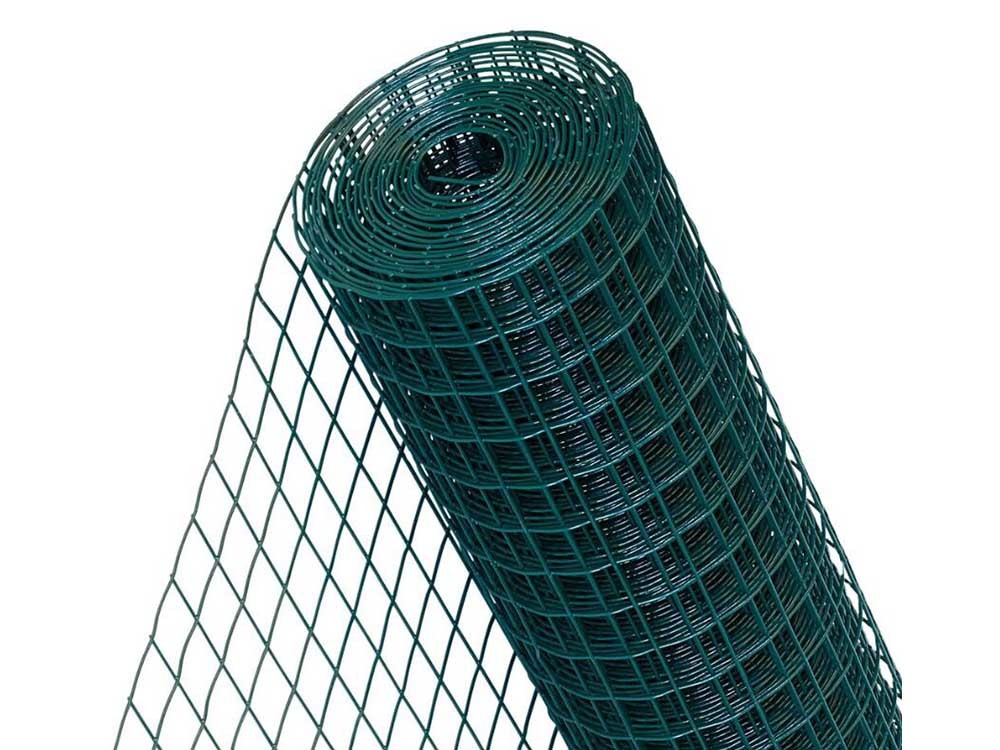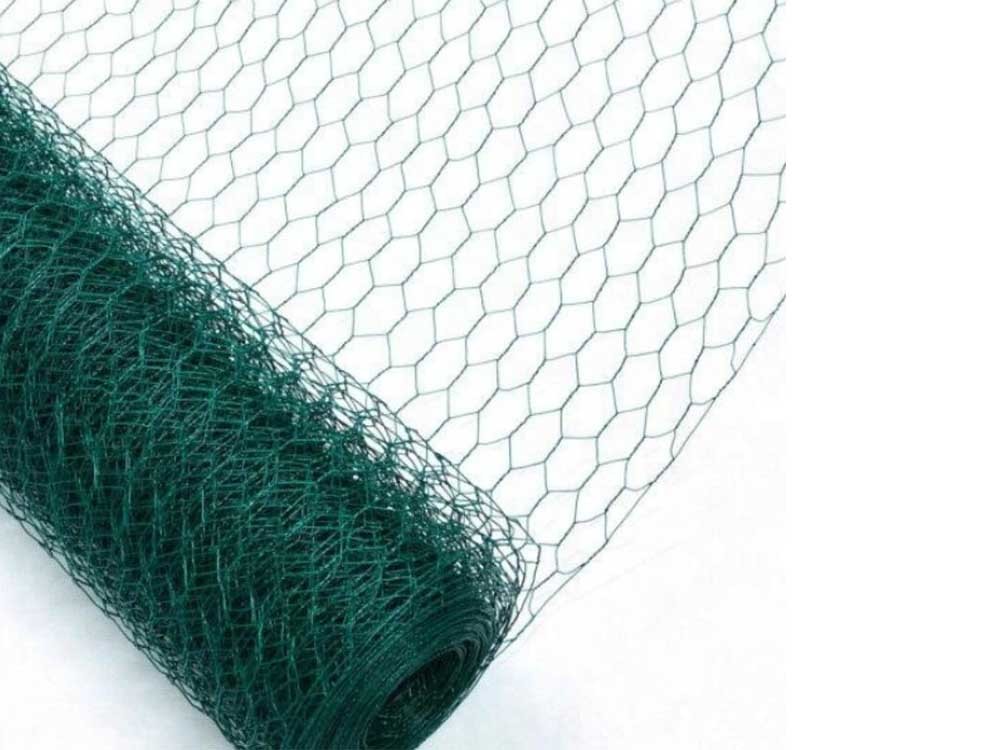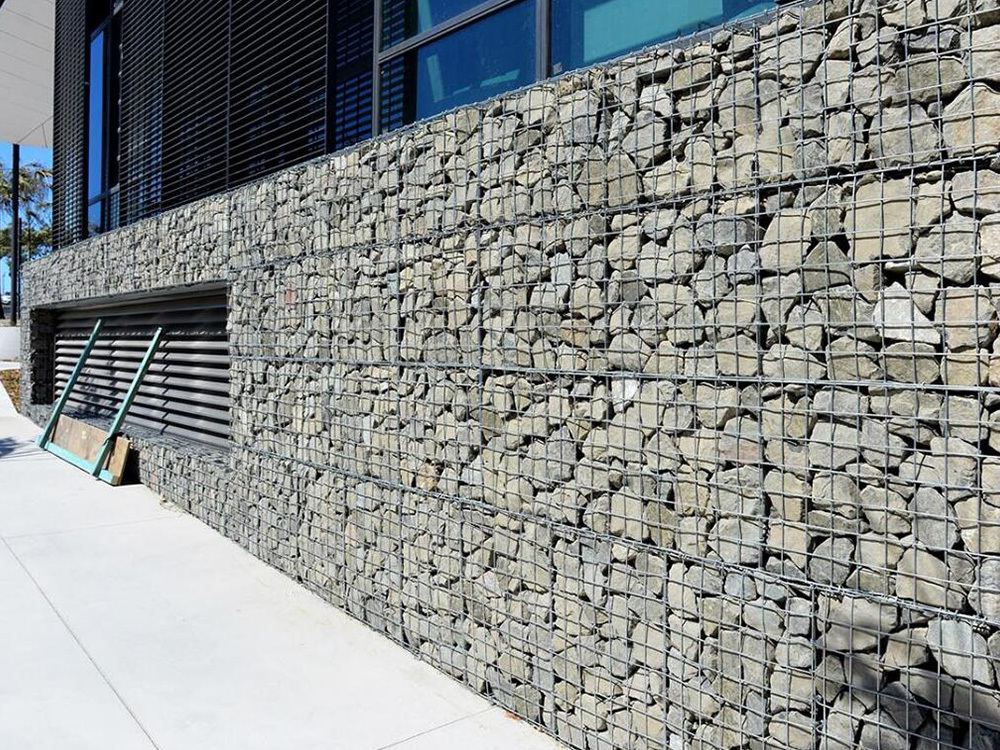Day 56: Unveiling the Secrets of Durable Airport Security Fences
Release Time:
Jun 07,2025
Day 56: Unveiling the Secrets of Durable Airport Security Fences Table of Contents 1. Introduction to Airport Security Fences 2. Importance of Durable Fencing in Airport Security 3. Key Materials Used in Airport Security Fences 3.1 Steel Wire Fencing 3.2 Composite Materials 3.3 Specialty Coatings for Longevity 4. Design Features of Efficient Airport Security Fences 4.1 Height and

Day 56: Unveiling the Secrets of Durable Airport Security Fences
Table of Contents
1. Introduction to Airport Security Fences
2. Importance of Durable Fencing in Airport Security
3. Key Materials Used in Airport Security Fences
3.1 Steel Wire Fencing
3.2 Composite Materials
3.3 Specialty Coatings for Longevity
4. Design Features of Efficient Airport Security Fences
4.1 Height and Strength Considerations
4.2 Anti-Climb and Anti-Cut Technologies
5. Installation Best Practices for Security Fencing
6. Maintenance and Longevity of Airport Security Fences
7. Innovations in Airport Security Fencing
8. Frequently Asked Questions (FAQs)
9. Conclusion
1. Introduction to Airport Security Fences
Airport security fences play a crucial role in maintaining safety and security in aviation environments. As gateways to the world, airports must implement robust security measures to protect passengers, staff, and aircraft. **Durable airport security fences** form the first line of defense against unauthorized access, making them an essential component of airport infrastructure.
2. Importance of Durable Fencing in Airport Security
The significance of airport security fences cannot be overstated. They deter intruders, protect airport assets, and enhance overall safety protocols. In an age where security threats are increasing, investing in high-quality fencing solutions ensures that airports maintain a secure environment. The durability of these fences significantly impacts their effectiveness, as weak or damaged barriers can lead to breaches and safety hazards.
3. Key Materials Used in Airport Security Fences
Choosing the right materials for airport security fences is paramount. The selection directly affects the fence's strength, longevity, and resistance to environmental factors.
3.1 Steel Wire Fencing
Steel wire fencing is a popular choice due to its robustness and durability. Known for its resistance to cutting and climbing, steel wire fences are often designed with **high-tensile strength** materials. This type of fencing can withstand various weather conditions, making it ideal for outdoor applications.
3.2 Composite Materials
Advancements in technology have introduced composite materials that combine the best attributes of different substances. These fences can be lighter yet equally strong and often offer enhanced aesthetic appeal. They are becoming increasingly popular in airport security fencing due to their flexibility and durability.
3.3 Specialty Coatings for Longevity
Applying specialty coatings to fencing materials enhances their lifespan. **Galvanization** and **polymer coatings** are common treatments that provide protection against corrosion, UV rays, and other environmental threats. These coatings ensure that the fences maintain their integrity over time, reducing the need for frequent replacements.
4. Design Features of Efficient Airport Security Fences
A well-designed airport security fence incorporates specific features aimed at enhancing security.
4.1 Height and Strength Considerations
Typically, airport security fences are at least 8 feet high, making it challenging for would-be intruders to climb over. The strength of the materials used is also crucial; any weak points could pose a risk.
4.2 Anti-Climb and Anti-Cut Technologies
Modern airport security fences often include anti-climb features, such as barbed wire or razor wire, and anti-cut technologies that deter tampering. The integration of these technologies is crucial for preventing unauthorized access.
5. Installation Best Practices for Security Fencing
Proper installation of airport security fencing is essential to its effectiveness. Engaging experienced contractors who understand the specific requirements of aviation security ensures that the fence functions as intended. Key best practices include:
- **Site Assessment**: Conduct a thorough evaluation to identify vulnerabilities and determine the optimal placement of fences.
- **Secure Footing**: Ensure that the posts are installed deeply and securely to withstand environmental stresses and potential tampering.
- **Continuous Monitoring**: Integrate surveillance systems and alarms to closely monitor the integrity of the fence.
6. Maintenance and Longevity of Airport Security Fences
Regular maintenance is crucial for prolonging the life of airport security fences. Routine inspections should be conducted to identify any signs of wear, damage, or corrosion.
- **Repairs**: Timely repairs are essential to maintaining the integrity of the fence. Addressing small issues before they escalate can prevent larger problems.
- **Cleaning**: Keeping the fence clean from debris, vegetation, or vandalism helps maintain its visibility and deterrent effect.
7. Innovations in Airport Security Fencing
The field of airport security fencing continues to evolve with technological advancements. Innovations such as **smart fences** featuring integrated sensors and alarms provide real-time monitoring capabilities. These technologies enhance traditional fencing systems, allowing for a more proactive approach to security.
8. Frequently Asked Questions (FAQs)
What are the benefits of using steel wire for airport security fencing?
Steel wire is durable, resistant to cutting and climbing, and can withstand harsh weather conditions, making it an ideal choice for airport security.
How often should airport security fences be inspected?
It is recommended to conduct inspections at least twice a year, but more frequent checks may be necessary depending on environmental factors.
What innovations are currently shaping airport security fencing?
Innovations such as smart technology, integrated sensors, and anti-intrusion systems are enhancing security measures in modern airport fencing.
Can composite materials be as strong as traditional materials?
Yes, composite materials can be engineered to provide strength comparable to traditional materials while also offering other advantages such as reduced weight and improved aesthetics.
How can airport security fencing deter unauthorized access?
Effective fencing deters unauthorized access through its height, strength, and incorporation of anti-climb and anti-cut technologies, making it challenging for intruders to gain entry.
9. Conclusion
In conclusion, durable airport security fences are indispensable in maintaining the safety and security of aviation environments. Their design, material choice, and installation practices collectively contribute to their effectiveness in deterring unauthorized access. As technology evolves, innovations in fencing will undoubtedly enhance airport security measures further. By prioritizing quality and regular maintenance, airports can ensure these critical structures continue to perform their essential functions for years to come.
Keywords:
More information



